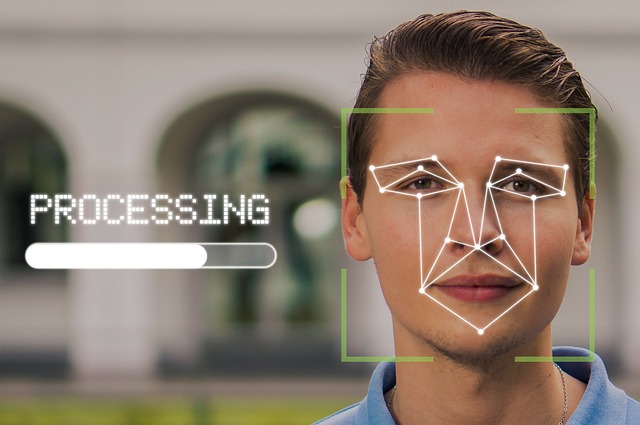Facial fillers are non-surgical treatments using natural substances like hyaluronic acid or collagen to smooth wrinkles and add volume. They offer immediate results with minimal downtime. The procedure involves injections to enhance facial contours and can last several months. Choosing the right filler type and provider is key for natural-looking outcomes, as side effects like swelling or bruising may occur but are usually temporary. Safety requires an experienced practitioner and open discussion of medical history.
Non-surgical fillers are a popular cosmetic enhancement option for those seeking immediate and visible results. This article explores the world of facial fillers, their mechanisms, different types, benefits, application process, and choosing the right one. We also delve into potential risks and side effects to ensure you’re fully informed before considering this procedure.
What are Non-Surgical Fillers?

Non-Surgical Fillers are a popular cosmetic treatment designed to enhance facial features without the need for surgery. These fillers work by adding volume and contour to specific areas of the face, such as the cheeks, jawline, or lips, thereby improving overall facial symmetry and definition. Unlike surgical procedures, non-surgical fillers are quick, minimally invasive, and offer immediate results.
Facial Fillers, made from naturally occurring substances like hyaluronic acid or collagen, are injected into the skin to smooth out wrinkles and add shape. This simple procedure can provide a more youthful appearance by enhancing the natural curves of the face, reducing the appearance of age-related volume loss, and defining facial features for a more balanced and attractive profile.
How do Facial Fillers work?

Facial fillers work by smoothing out fine lines and wrinkles, enhancing facial contours, and adding volume to specific areas. These non-surgical procedures involve the injection of a substance—typically a hyaluronic acid derivative or collagen—into the skin. The filler material smoothly integrates with the body’s natural tissues, providing immediate results that can last for several months, depending on the product used. By plumping up depleted areas and promoting a more youthful appearance, facial fillers offer a quick and effective way to achieve aesthetic goals without incisions or lengthy recovery periods.
Types of Facial Fillers: A Comprehensive Overview

Benefits of Non-Surgical Facial Fillers

The Filler Application Process

The filler application process typically begins with a consultation. During this meeting, a qualified professional will assess your facial structure and skin quality to determine which type of facial filler is most suitable for your needs. They’ll also discuss your expectations, answer any questions, and address potential risks and side effects.
Once you’ve decided to proceed, the treatment can usually be carried out within 30 minutes to an hour, depending on the area being targeted. A small needle is used to inject the filler into specific points beneath the skin, plumping and enhancing the desired areas. After the procedure, mild redness or swelling may occur, but these typically subside within a few hours. It’s important to follow your provider’s aftercare instructions to ensure optimal results and minimize any potential complications.
Choosing the Right Filler for Your Needs

When considering non-surgical facial fillers, choosing the right filler for your needs is paramount. Several factors come into play, including the desired outcome, skin type, and individual healing capabilities. Each facial filler—from hyaluronic acid to poly-L-lactic acid—has unique properties, serving different purposes such as plumping, defining, or adding volume.
It’s essential to consult a qualified professional who can assess your specific concerns and recommend the best filler option. They’ll factor in elements like skin thickness, bone structure, and overall facial symmetry to ensure optimal results. Remember that different fillers have varying durations and effects, so selecting one aligned with your expectations and lifestyle is key.
Potential Risks and Side Effects: What to Expect

When considering non-surgical facial fillers as a cosmetic procedure, understanding potential risks and side effects is crucial. While these treatments offer temporary yet effective results for enhancing facial features, they are not without drawbacks. Common short-term side effects include mild swelling, bruising, redness, and discomfort at the injection site. These usually subside within a few days but can be more pronounced if larger volumes of filler are injected or if an individual has sensitive skin.
Less common but more serious potential risks include infections, allergic reactions, nerve damage, and asymmetry. It is important to remember that these side effects are rare and typically manageable with proper aftercare. To minimize complications, it is recommended to choose a reputable practitioner with extensive experience and always discuss your medical history and any concerns openly before proceeding with the treatment.
